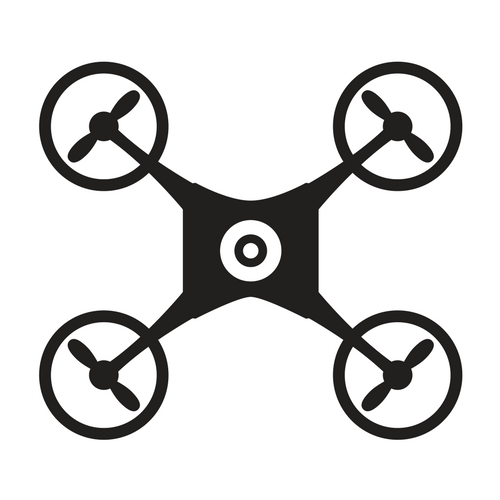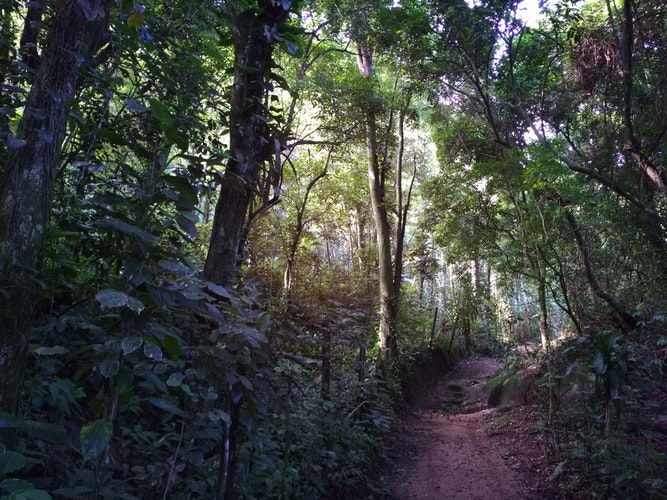Invasive plants are trees, bushes, ivy, and other flora that have been introduced to a new geographic location that does not house a natural deterrent. In the case of Ailanthus altissima, more commonly known as Tree of Heaven, this tree was brought over to the state of Pennsylvania by English immigrants in 1784. Already, Tree of Heaven has spread down the East Coast of North America and west, all the way to California.
One natural deterrent for Tree of Heaven is a fungus (Verticillium nonalfalfae) that can cause the tree to rot. However, this natural deterrent growth rate is not enough to fight back the damage that has already been done. Tree of Heaven is a particularly aggressive plant that drops 300,000 seeds annually, is resistant to burning, and releases an allelochemical that is a natural herbicide to Virginia’s native plants (including Ash trees that are already suffering a staggering decline due to the emerald ash borer). Additionally, invasive plants and harmful insects sometimes work in tandem. An insect known as the Spotted Lanternfly from China seems to prefer to feed on Tree of Heaven and lay its egg masses on its trunk. The Spotted lanternfly is also harmful to Virginia’s agriculture, as it demolishes grape crops. Collectively, the United States reaps an annual economic loss of $120 billion due to invasive species.
Unfortunately, preventative measures towards hindering invasive plant growth are increasingly difficult to enforce on private properties. Our project partner Blue Ridge Prism- an organization dedicated to reducing the negative impact of invasive plants- continues to spread awareness among Virginia landowners on how to safely and effectively remove invasive plants. Out of the 90 invasive plant species found in Virginia, this organization focuses primarily on “The Terrible Twelve” invasive plants described on their website which include: Tree of Heaven (Ailanthus altissima), Autumn Olive, Kudzu, and Japanese Honeysuckle. These plants are not native to the United States, nor do they have indigenous deterrents such as a fungus or insect to manage their growth.
Rod Walker, a Blue Ridge Prism representative and one of our collaborators, explained the exhausting process used to map the locations of invasive plants. The current method requires a team of ecologists to trek through large expanses of rough terrain with GPS trackers and a paper copy map of the land. This process typically takes several months, as ecologists gather bit by bit. They “ground truth” the land, meaning they mark points with a GPS and on their map where they observe each square footage of an invasive species. This process can take several months depending on the size of the property (a 50-mile square section takes roughly 5 months for a team of 6 to cover). These conditions are time consuming, expensive, and inaccurate (constantly fighting with plant cycles and growth). In order to map invasive plants accurately and in a timely manner, the use of drones should be utilized immediately.
On our team’s nature walk through Hillendale Park, we saw firsthand how invasive plants have overrun our forests and continue to choke out native plants. Typically, invasive plants will grow close together since they can co-compete. Thus, focusing on one invasive species at a time will inevitably lead us to others. Be sure to check out Looking Forward blog to learn more about our journey.

